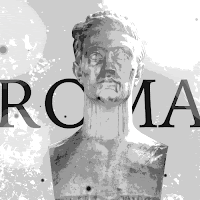A film studio (also known as movie studio or simply studio) is a major entertainment company or motion picture company that has its own privately owned studio facility or facilities that are used to make films, which is handled by the production company. The majority of firms in the entertainment industry have never owned their own studios, but have rented space from other companies.
There are also independently owned studio facilities, who have never produced a motion picture of their own because they are not Entertainment companies or Motion Picture companies; they are companies who sell only studio space.

















































